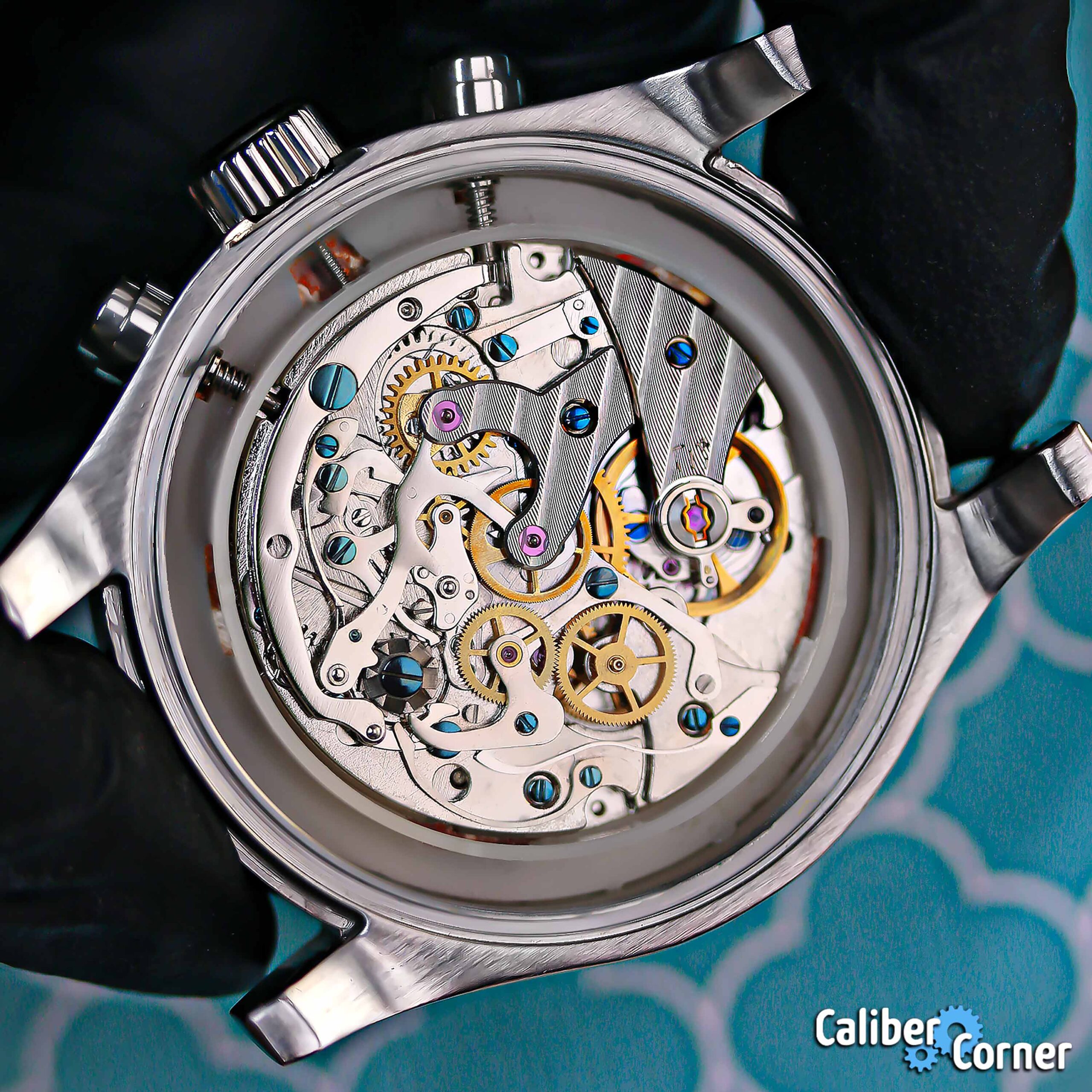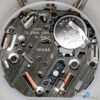Hi all, Robert here.
I've been collecting since the 80's but not a watchmaker or even mechanically inclined. I rarely remove a case back even to find out what's inside. Early Nivada Antarctic and Omega Seamaster models comprise maybe half my watches. I was lucky and was asked to share photos of my Antarctic watches with the author of the book produced in 2023 by Nivada Grenchen.
I'm kind of all over the map with watches of interest, but 98% of what I have is vintage. ETA 1256 and 2472 movements show up in a lot of my favorites. Nivada Antarctic models employed the 1256 and 1258 (date) calibers and I find 2472 calibers in their dive watches quite often. I have a fair number of vintage dive watches as well as chronographs as well I buy watches I like the looks of, but am movement aware and like to find not so well known lost brands with well regarded movements. That was how I discovered Nivada watches back in the early 90's.
I come from maritime and design backgrounds and love a good 'waterproof' chronometer as much as the next guy but also buy watches simply for their design. Beauty lies in the eye of the beholder and I do buy what I like.
I'm retired and spend a lot of time looking at vintage watches and movements and have thought I should take an online class or buy a book about watchmaking basics. I'm a bit of an info junkie and would love to understand these tiny marvels of engineering better. Any guidance or direction in the learning department is most welcome.
Thank you!




 network of watch sites
network of watch sites





















Trending Comments
Longines Caliber L836.6
The differenece is the beat rate. 3Hz vs 5Hz. 6 beats/s vs 10 beats/s.
Orient Caliber F6922
I've had my Mako and Ray Orient watches with these calibers, I guess. Their performance…
Invicta Caliber JSD-006ZY
Apart from the fact, that there is no further information about this caliber anywhere, it…
Seiko Instruments (SII) Caliber VH31
the VH-31 movement coupled with solar or kinetic in a Seiko watch would sell like…
Miyota/Citizen Caliber 9051
I have the 9051 in my Fujitsubo, it appears to be within 3 seconds. I'll…
Active Caliber Listings
I have the 9051 in my Fujitsubo, it appears to be within 3 seconds. I'll…
It might be a Chinese Standart-movement aka Tong Ji aka 7120 / SS7 with an…
Thank you for sharing your experience with the community. If possible, please submit images of…
Apart from the fact, that there is no further information about this caliber anywhere, it…
This £80 lorus has the y676c with Japan on the rotor